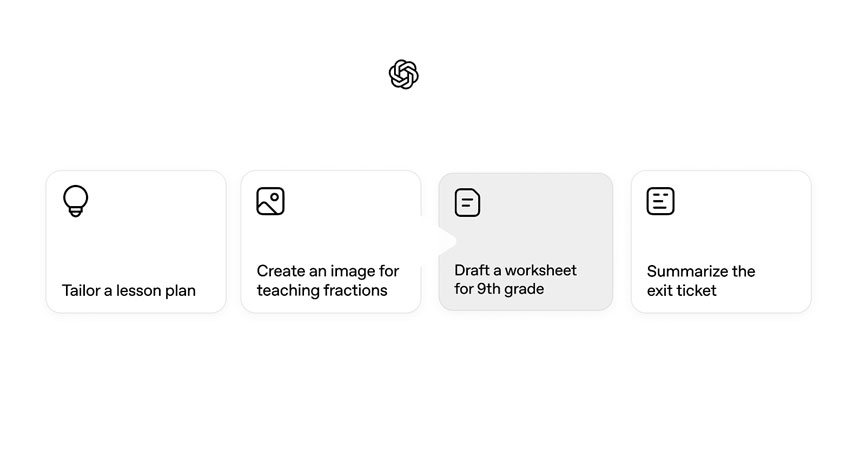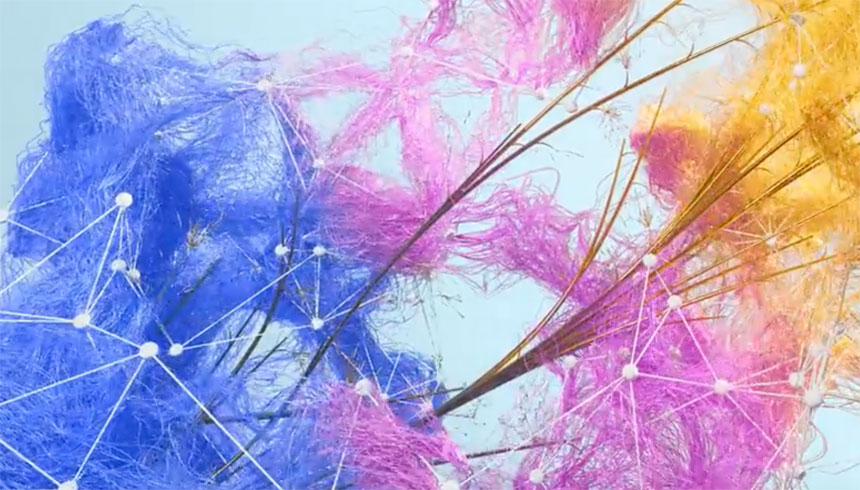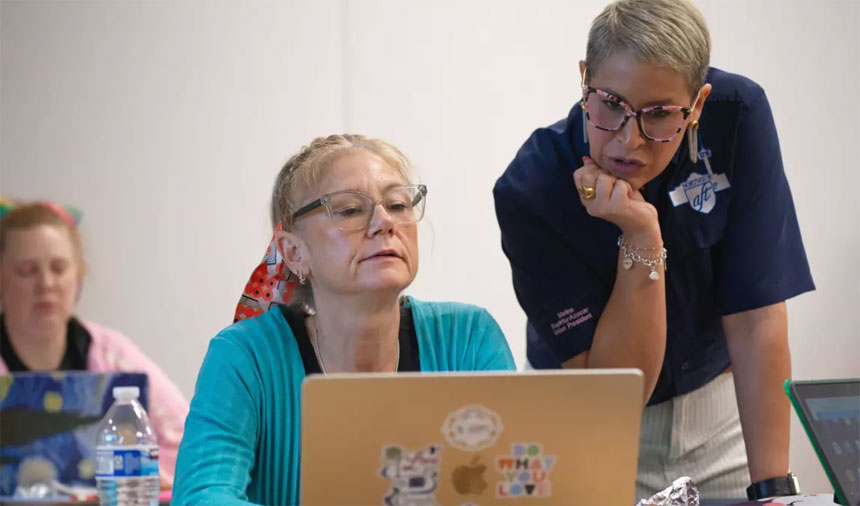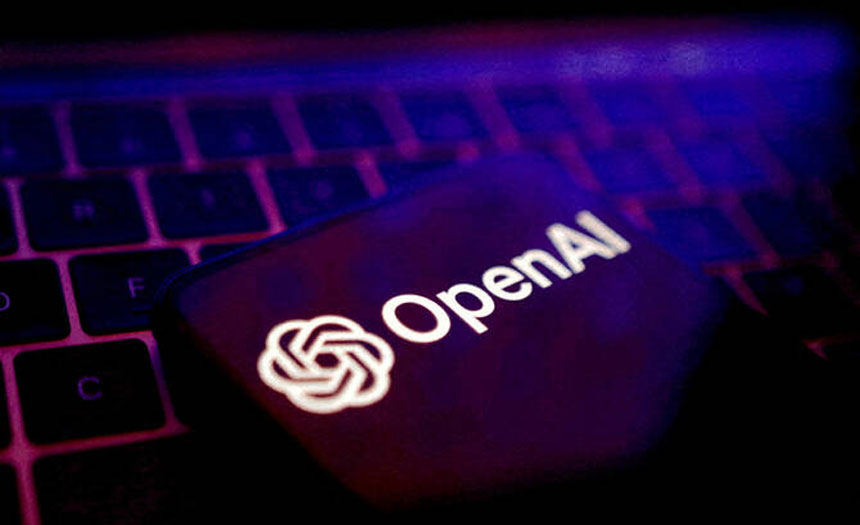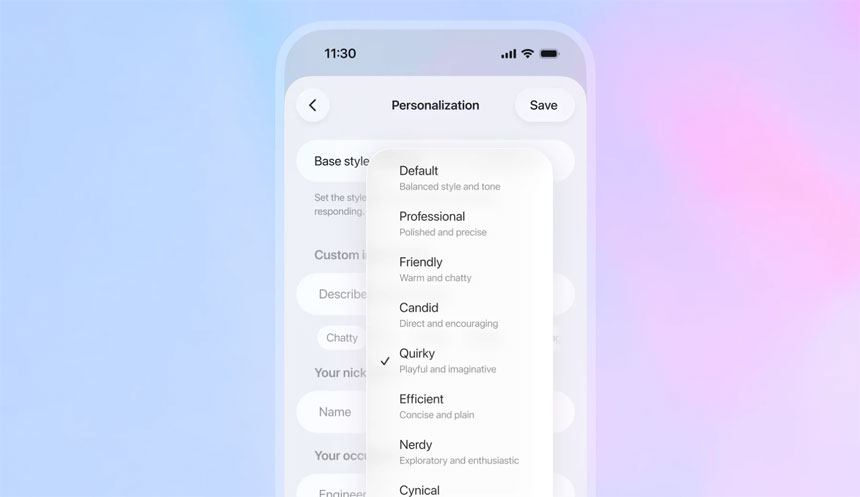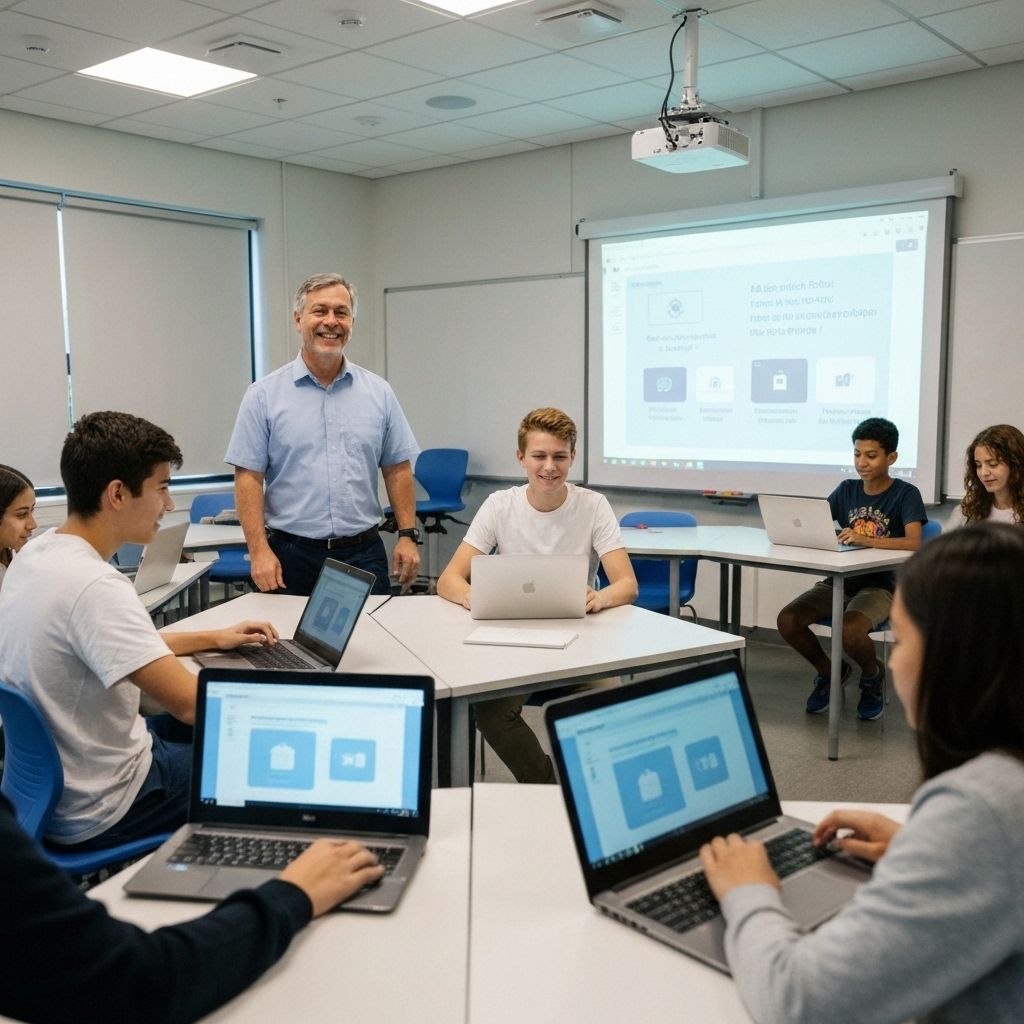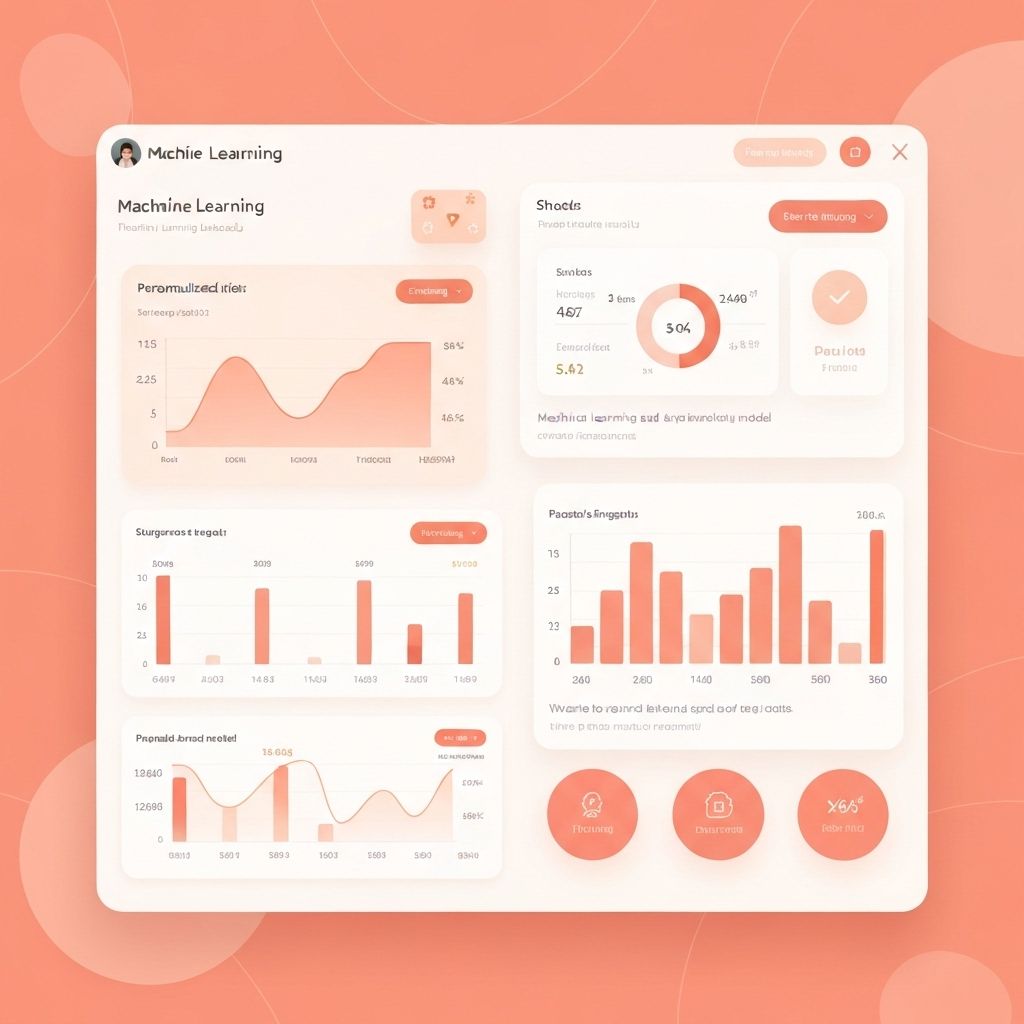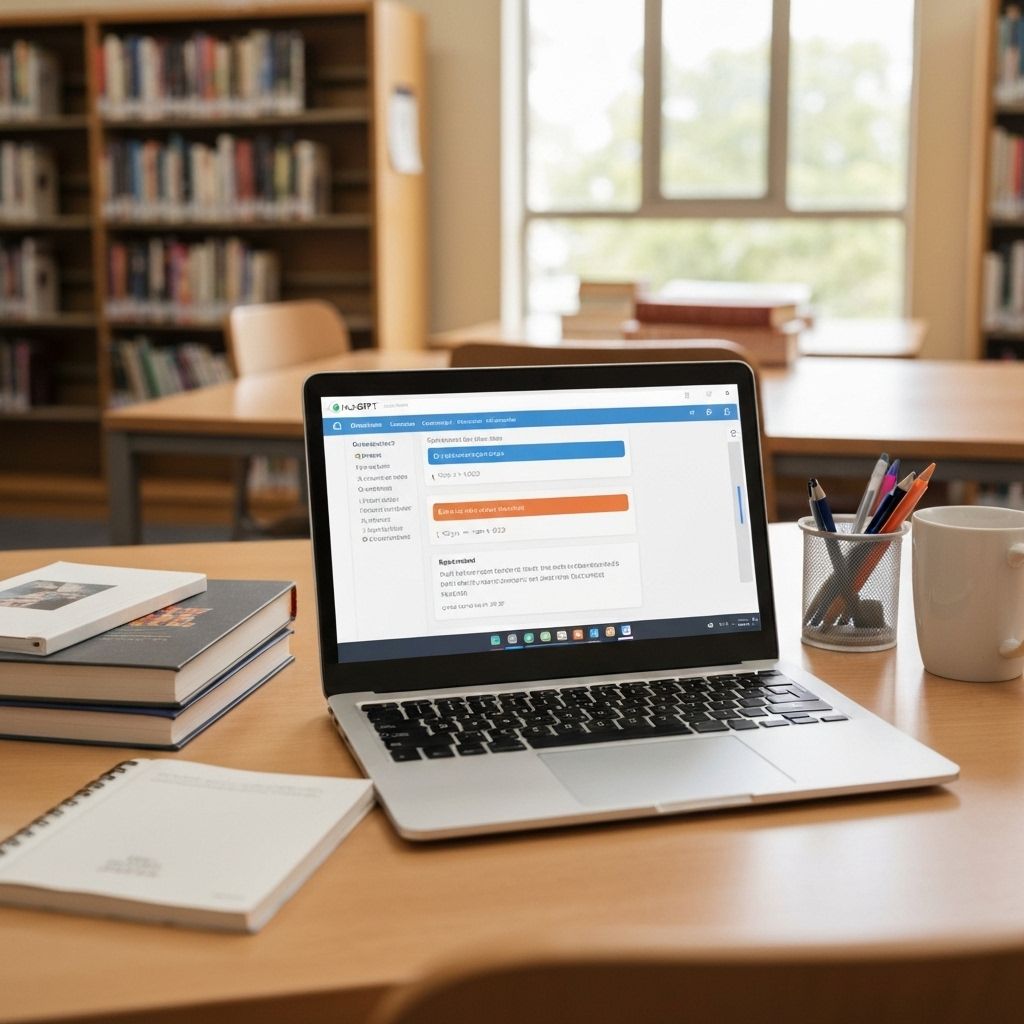Anthropic Will Roll Out Its Claude model to Cognizant's 350,000 Employees
Anthropic announced it will roll out its flagship Claude model to Cognizant Technology Solutions' 350,000 employees in one of its biggest enterprise deals yet.
The deal comes at a time when Claude is ramping up efforts to sell to corporate clients, while its rival, OpenAI, is focusing on consumer-driven ChatGPT-related apps.
San Francisco-based Anthropic stated that approximately 80% of its revenue is driven by corporate customers, and it has more than 300,000 business clients.
Anthropic said it has a team of what it calls forward-deployed engineers—or staff embedded within enterprises to teach them how to use AI.
Anthropic last month reached a deal with IBM and also announced that Deloitte’s over 470,000 employees will use its models.
For Cognizant, a Teaneck, New Jersey–based professional services company, the deal with Anthropic is intended to enhance its software development capabilities, enabling the firm to transition from a system integrator to an AI builder and orchestrate multi-step workflows, with human oversight, across corporate functions, engineering, and delivery teams.
Claude Code, along with the Model Context Protocol (MCP) and the Agent SDK, will be used to accelerate coding tasks, testing, documentation, and DevOps workflows.
Cognizant said, "It will deploy Claude models, Claude Code, MCP, and Agent SDK with Cognizant's software development and AI platforms to deliver:
Software engineering productivity: Deploying Claude and Claude Code with Cognizant Flowsource Platform (which connects tools and teams across the software development process) to accelerate coding tasks, testing, documentation, and DevOps workflows with MCP-based access to developer tools.
Legacy modernization: Combining Cognizant's modernization frameworks with Anthropic's code understanding and transformation capabilities to speed analysis and refactoring across large codebases.
Agentification: Using Cognizant Neuro AI Multi-Agent Orchestration (which builds and coordinates multiple AI agents working together) and Anthropic's Agent SDK to design reusable, domain-specific agents and multi-agent systems that operate with explicit policies, approvals, and human-in-the-loop controls.
Industry solutions: Developing vertical solutions, beginning with Financial Services, leveraging Cognizant Agent Foundry (which helps enterprises build and deploy AI agents at scale) with Claude to embed agentic workflows into regulated, enterprise environments.
Responsible AI: Advancing practices for safe deployment, monitoring, and operations at scale, aligned to enterprise governance needs and open standards such as MCP."
Anthropic has overtaken OpenAI in enterprise LLM API market share.
OpenAI fell from 50% in late 2023 to 25% by mid-2025, which shows that brand alone does not hold share once real workloads start.
Anthropic now leads enterprise LLM API usage with 32%, while OpenAI has 25%,… pic.twitter.com/25cfkNVhjT
— Rohan Paul (@rohanpaul_ai) November 1, 2025
OpenAI lost half their enterprise market in 18 months and the crossover already happened.
That blue line going from 48% to 24% is the fastest market leader collapse I've seen outside of actual fraud scandals. We're watching a 50% share erosion in real time while Anthropic went… https://t.co/40ZDvOil8Q
— Aakash Gupta (@aakashg0) November 3, 2025

